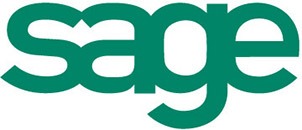The ONS have released their latest analysis identifying the types of areas that are seeing the fastest house price growth during the coronavirus pandemic, and who could be at risk of being priced out.
Rising house prices and private rents mean that some workers are at risk of being priced out of living in rural and coastal areas, contributing to skill shortages in the tourism and hospitality industries that their local economies rely on. Young and low paid workers in tourist hotspots are increasingly facing the prospect of being unable to afford to live there.
Despite falling from a record high in June, the average UK house price (£256,000) increased by 8.0% in July 2021 compared with the previous year.
House prices were rising at three times the national rate in some rural and coastal areas in July, such as Conwy in North Wales (25.0%), North Devon (22.5%) and Richmondshire in the Yorkshire Dales (21.4%), continuing a trend seen during the coronavirus (COVID-19) pandemic.
Meanwhile, the seven areas that recorded house price falls in July were all London boroughs.
House prices are increasing partly because of temporary changes to taxes paid on property purchases (including Stamp Duty in England and Northern Ireland), but they also reflect a shift in consumer preferences with growth being driven by rural and coastal areas.
Prospective home buyers are seeking more space, with prices for detached houses (9.0% growth in July) consistently rising faster than terraced houses (7.7%) or flats (6.1%).
As a result, people living in rural and coastal areas – particularly the young and those on lower incomes – are at risk of being priced out of the housing market.
This could be contributing to hospitality businesses being unable to fill vacancies, with the industry being predominant in tourist areas and containing a high proportion of young and low paid workers.
See: Coronavirus and house price growth – GOV.UK (www.gov.uk)









